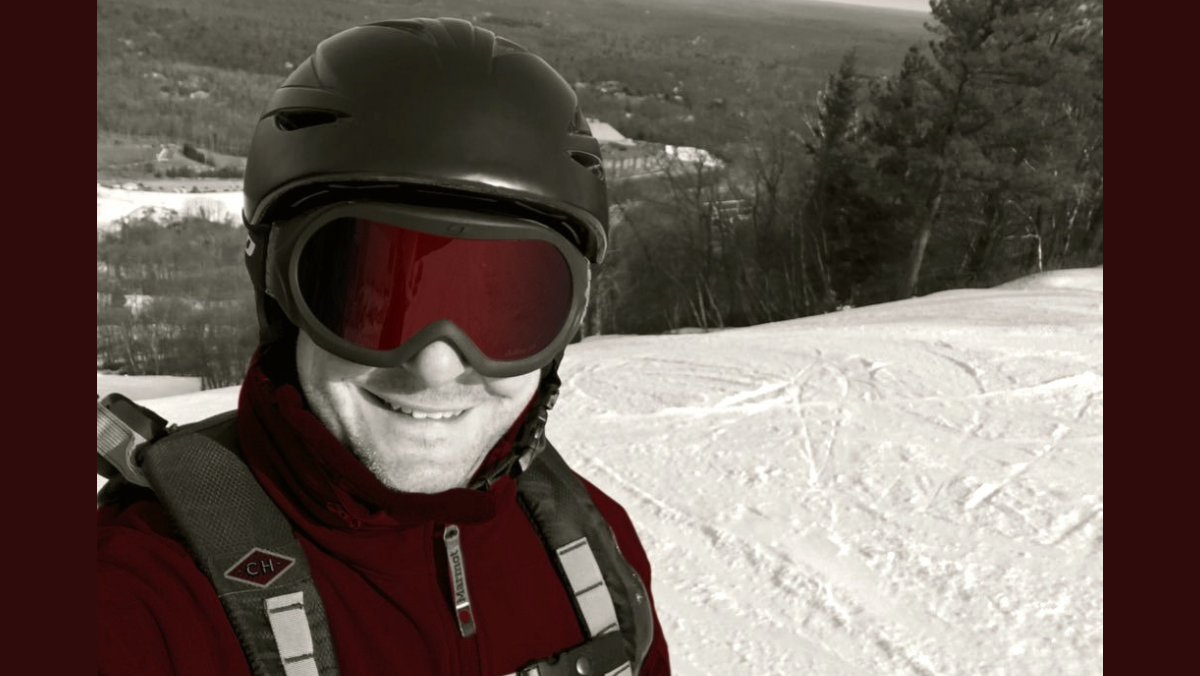Strategy Lessons From a Wanna-Be Ski Bum

In 1993, Aspen Extreme, one of the greatest ski movies of all time, was released. (And yes, die-hard Warren Miller fans, that is a ski hill I will die on — despite the film’s 22 percent rating on Rotten Tomatoes.) Box office receipts may not have lived up to the hype of its advance billing as “Top Gun on the slopes,” but this cult classic ski-buddy-film-that-could showered the dream of Western pow far and wide. While Aspen Extreme didn’t quite galvanize me to throw my sticks in an old van and head West, it did motivate me to think more critically about the slopes I have traversed.
Carving a Connection Between Skiing and Strategizing
As a Pennsylvanian who enjoys downhill skiing, I’ve experienced an awful lot of weather-related heartbreak (including the disappointment of the occasional all-too-short four-week ski season). Yet I’ve also been fortunate to ski at many places throughout North America beyond my home state. I’ve learned a great deal from my time on the slopes, including one lesson that I keep in mind when crafting strategy for organizations:
There’s a massive difference between ski runs designed to follow the contours of the terrain and those that merely go up and down.
Building a linear ski run is a relatively straightforward matter: You basically bulldoze a straight line from top to bottom. Leveraging what nature has already crafted to sculpt an engaging run is quite another matter. Assessing hundreds (or thousands) of acres to provide the ideal access point for skiers to navigate natural terrain is a vital aspect of optimal snowsport design.
At this point, you may be wondering what in the world this has to do with developing strategy.
Well-designed ski runs that follow the terrain should inspire you in four ways when devising your strategy. Good strategy creation (like building a good ski run) should:
- Reflect thoughtful design
- Engage stakeholders
- Incorporate existing realities
- Provide wide boundaries with maximum flexibility
Let’s briefly examine each of these four principles.
1. Design and Planning
Quality strategies don’t happen by accident. Like a well-designed ski run, they result from hard work and forethought. Strategies are not a “business plan” or a yearly budget. They are also not a grab-bag of miscellaneous tactics. When you ski a run, it’s apparent when there was deliberate thought and deliberation put into its design. The same is true with organizations that know where they want to go and have a plan to get there. When you put in the work, it shows.
2. Engagement
A well-crafted strategy will engage stakeholders at all levels. Similarly, a well-designed ski run will excite and engage its skiers. Good strategy links tactics to an organization’s overarching Mission, Vision, and Values. It provides a through-line that enables stakeholders to understand their roles as well as where the organization is going. It’s that through-line that helps to keep stakeholders engaged.
3. Incorporation of Reality
Good strategies don’t bemoan or ignore reality. They acknowledge and incorporate it into the plan. And, when that reality creates opportunity, a good plan leverages that potential. Similarly, a well-laid-out ski run acknowledges the reality of the terrain and integrates its features. Acknowledging and incorporating reality into the plan opens up possibilities that might otherwise be overlooked or disregarded.
4. Wide Boundaries
Tactics trip up many organizations when crafting strategy. The key to preventing that from happening at your company is to ensure your stakeholders understand where you’re headed and why you’re headed there. The destination — not the precise path you take — is ultimately what matters. This also applies to a well-designed ski run on which the trail edges and final destination are known, while a great deal of flexibility exists in how skiers can reach the bottom. Providing maximal flexibility (a.k.a. wide boundaries) for those executing tactics creates a sense of empowerment that helps ensure you’ll achieve the desired result.
Go from Bunny Slope to Double Diamond With Your Organization’s Strategy
Whether you spend your winter skiing, snowboarding, sledding, or just staring at the fireplace, I encourage you to think about the above four principles when crafting your strategy. It also wouldn’t hurt to boot up Aspen Extreme on the streaming platform of your choice. Even if you take nothing else from it, I guarantee a wave of late 80s/early 90s nostalgia infused with historic hairstyles, fly apparel, and overall gnarly radicalness.
Got a question about strategy (or cinematic classics)? Drop me a line. I’m always up for a good chat about strategy or how to carve those perfect figure 8s.
